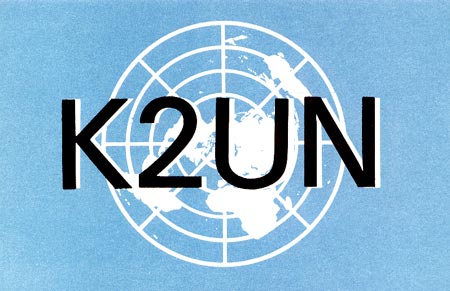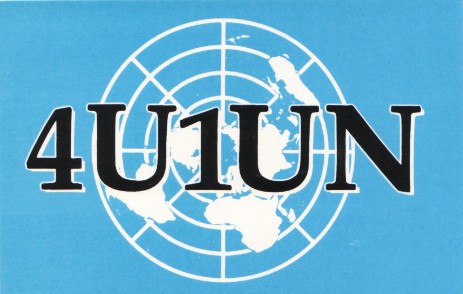Early Days


All started in 1948 but at this time the call was K2UN.
Or didn't it really start earlier?
Radio grateful to 'hams' for making short waves
Time was when the "ham" radio operator, now recognized as a vital telecommunication link in emergen were scarcely tolerated by the industry.
The point was made by Dr. Y. Y. Mao, a member of the ITU's Interna Radio Consultative Committee, or CCIR for its initials in French.
"In all fairness, one must not discount the important contributions made by radio amateurs in the pioneer days of radio," he says.
However, he acknowledges, although amateur radio is "as old as the art of radio itself," it did not always enjoy the prestige that it does today.
By 1912, when the proliferation of commercial and amateur stations prompted an outpouring of regula Mao recalls, "the official view toward the amateur was something like this, even in countries where their activities were not outlawed:
" `Amateurs? 'Oh, yes:.. Well, stick 'em on 200 meters and below; they'll never get out of the backyard with that.' "
Mao goes on to speculate that the industry "may very well be indebted to radio amateurs" for a major discovery. Through ignorance, they experimented with waves shorter than the 200 meters to which they were regulated, blissfully unaware that - according to the theory then current - these waves could not propagate over long distances. Yet in their zeal, the amateurs did just that. As Mao puts it::
"These amateurs carried on their experimentation, come what may."
By 1923, two-way amateur transatlantic communication was accomplished on 110 meters. Additional stations dropped down to 100 meters, and they, too, could easily work two-way across the Atlantic."
"The exodus from the 200-meter region had started," Mao concludes, "The `short wave' era had begun."
Courtesy of:
U.N. OBSERVER & INTERNATIONAL REPORT, September 26, 1980
